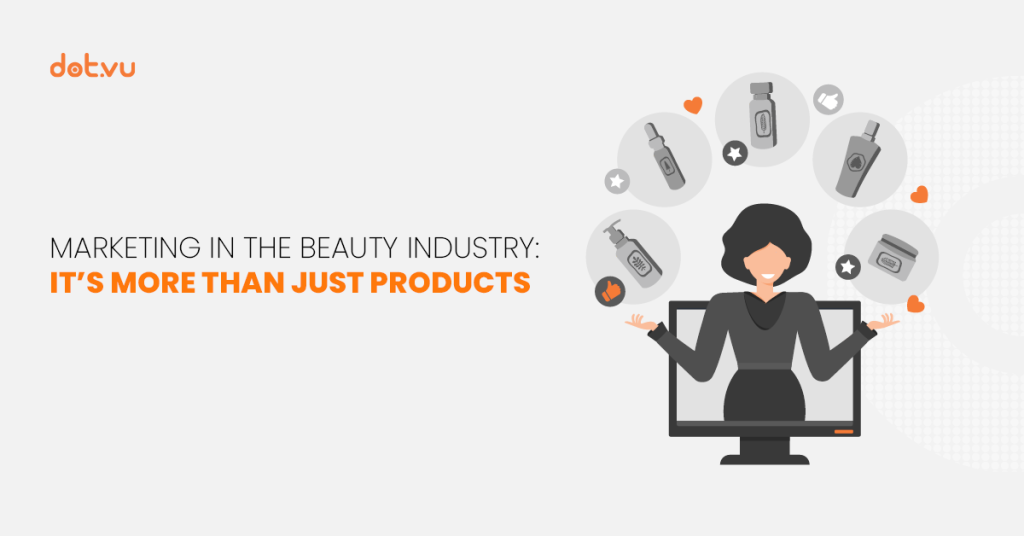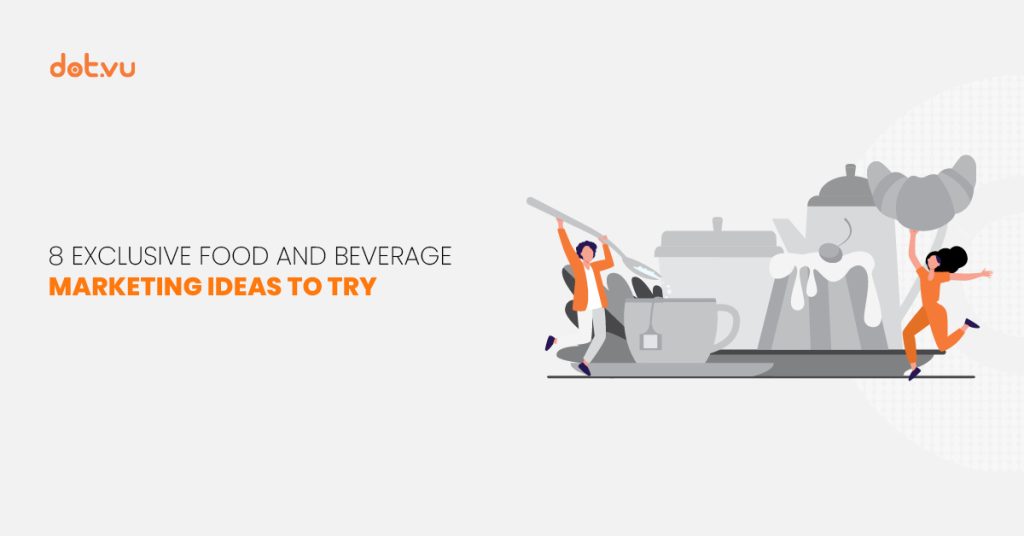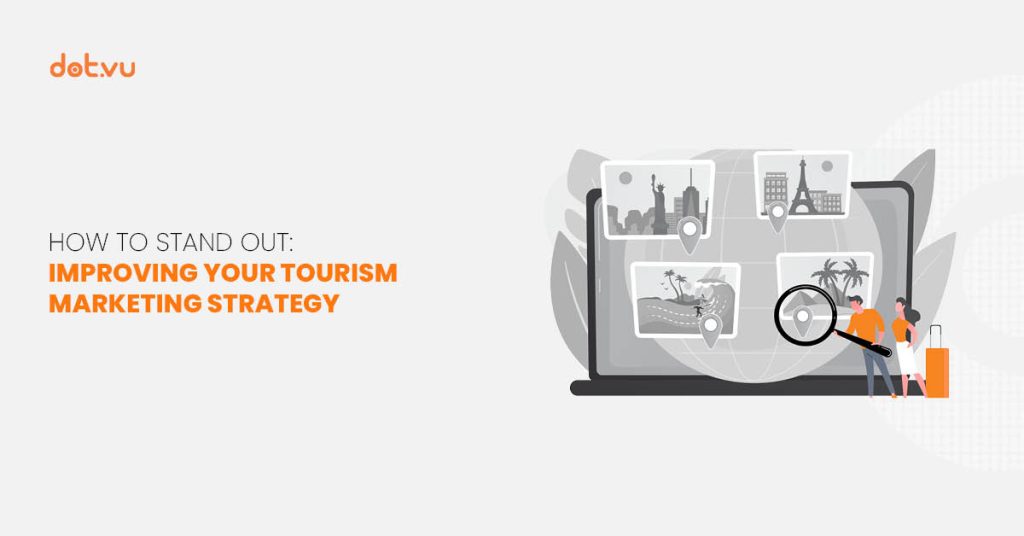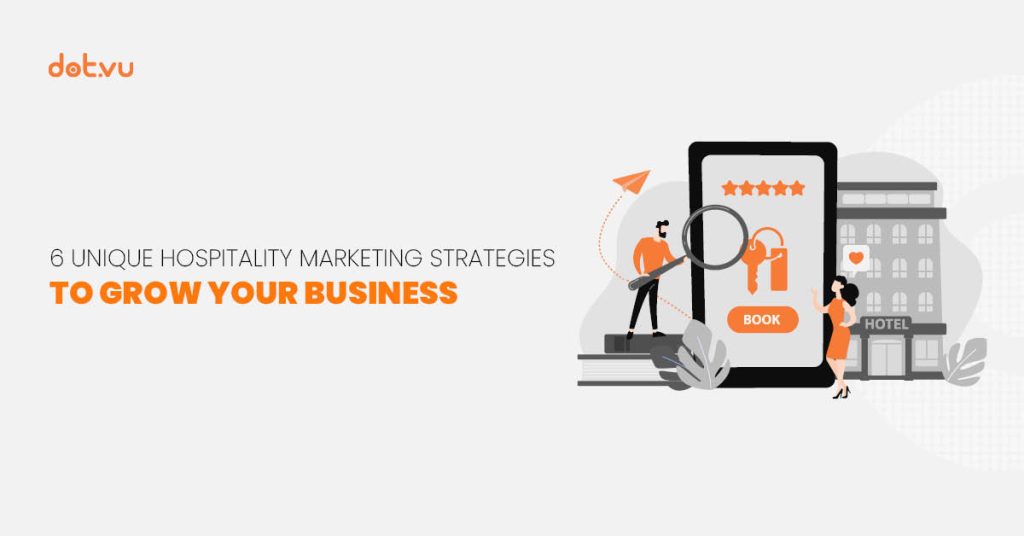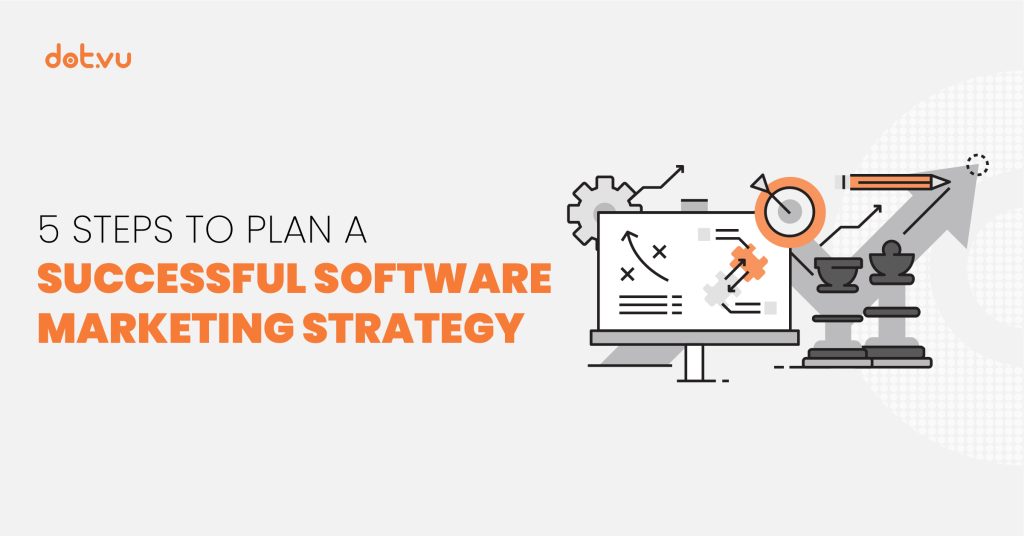
When it comes to marketing, there is never a “one size fits all” approach. For a software marketing strategy to be effective, it should be very specific to your industry, target market, and company goals.
Especially in the fast-paced world of technology, where innovation is constant and competition is fierce, having a well-defined software marketing strategy is crucial for success. Whether you’re a startup aiming to make a mark or an established company looking to launch a new product, an effective marketing strategy can be the key to unlocking growth and reaching your target audience.
In this blog, we’ll explore the elements of a successful software marketing strategy that can propel your brand to new heights.
- 5 Key steps to formulate a successful software marketing strategy
- Why Interactive Content should be part of your marketing strategy
- Ideas on how to use Interactive Content in your software marketing strategy
- Get started on planning a successful software marketing strategy!
5 Key steps to formulate a successful software marketing strategy
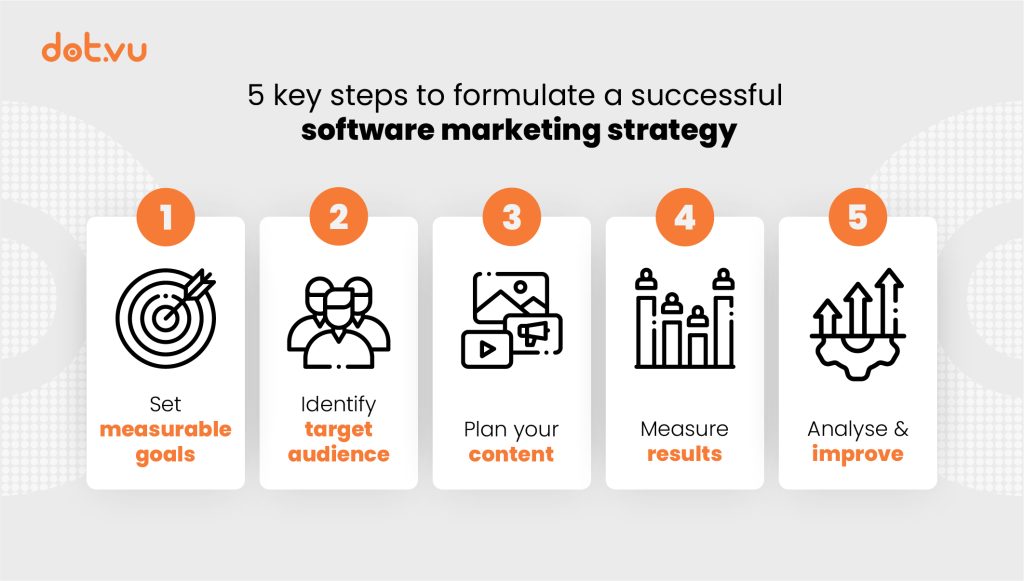
It takes a lot of effort to come up with a marketing strategy. Without proper planning, you might not get the results you desire and the effort would be wasted. Here are some key steps for effective software marketing strategy planning:
Step 1: Set measurable goals
Defining your goals would enable you to make better decisions on the strategy that you choose. Here are some main marketing goals:
- Collect leads
- Increase engagement
- Increase sales
- Improve brand presence and reputation
- Increase web traffic
Step 2: Identify your target audience
The foundation of any successful marketing strategy is a deep understanding of your target audience. Identify the type of customers that would most likely purchase your software and create detailed buyer personas.
Once you have that, ask yourself:
- What are their pain points?
- What solutions are they currently using?
- How can your software provide a better alternative?
According to SurveyMonkey, 85% of buyers would look for brands that can solve their problems. Tailor your messaging and communication channels to resonate with your audience, building a connection that goes beyond mere transactions.
Step 3: Plan your content
Developing high-quality, relevant content is the cornerstone of a successful software marketing strategy. Create engaging blog posts, videos, case studies, and other content to educate your audience about the industry, the problems your software solves, and how it can be implemented effectively. Share your expertise, establish your brand as a thought leader, and build trust with your audience.
You should also ensure your content includes:
- A clear value proposition:
Clearly communicate the value your software brings to the table. What sets it apart from competitors? How does it solve a specific problem or improve the user’s experience? Develop a concise and compelling value proposition that highlights the unique features and benefits of your software. Use language and tone that resonates with your target audience and emphasizes the positive impact your product can have on their lives or businesses.
- SEO optimization:
Optimize your online presence through search engine optimization (SEO). Conduct keyword research to understand the terms your audience is searching for and incorporate them into your website, blog posts, and other online content. A strong SEO strategy can improve your software’s visibility, making it easier for potential customers to find you organically.
Step 4: Measure results
Get reports to compare your results with the goals you have set earlier. This step can be made simpler if you use marketing tools that can publish your campaign and generate reports for you when the campaign is over.
For example, if you created a project on Dot.vu’s Interactive Content Platform, you will have access to real-time analytics and audience data.

Pro tip: You can integrate Dot.vu with your CRM software for a seamless flow in adding leads to your sales funnel.
Step 5: Analyze and improve
Analyze your results and identify what works and what doesn’t. Practice making continuous improvements to refine your software marketing strategy and gain better results.
Leverage what works, and make changes to those that aren’t working. Ask yourself these questions:
- Why didn’t it work?
- Were my goals or target audience wrongly defined?
- Is my strategy aligned with my goals?
- What can I change to make it work?
Why Interactive Content should be part of your marketing strategy
Interactive Content is a type of content that invites the audience to actively participate in the experience. It has the capability to generate a 94% increase in content views compared to static content.
Furthermore, Interactive Content can target many key marketing goals within each experience, thus ensuring you can achieve a successful campaign. It can also turn complex data into easy to digest information, and tremendously boost engagement.

Ideas on how to use Interactive Content in your software marketing strategy
Now that you have your strategy in place, here are some ideas on the types of Interactive Content you can use on different platforms:
Website
In general, people are more inclined to trust businesses with well-designed websites. What more of a software company! Having a simple, static website is no longer sufficient to impress new customers. Here are some ideas on how you can spruce up your website:
- Interactive Popups
If you have a promotion or a new announcement, you can use a popup to grab visitors’ attention. It also reduces clutter on your website.
This Spin and Win Popup adds a gamification component to capture attention. By requesting the user’s contact information to receive the promotion, you get to add new leads to your sales funnel. You can create promotions on your software packages, or discounts on any of your add on features, etc.

Pro tip: If you’re looking for Interactive Content that can be done in a jiffy, choose templates with low customization effort and low skill requirement.

- Guided Selling
Guided Selling experiences function like your own online sales helpers. Input some frequently asked questions to identify a particular category that your visitor would be interested in, and they will be presented with suitable options at the end.
For example, you can use this Solution Suggesting Test template to ask users the types of software functions that they are looking for, and the features that they want. It’s already embedded to this blog post. Click “Start” to try it out!
- Assessment
Assessments can establish your brand as an industry leader. By providing expert advice and giving feedback on users’ problems, you’ll gain trust and credibility.
This Best Practices Assessment template requires minimal customization effort and is easy to edit. Choose one of your software and list down the key factors a customer should consider when looking for one in that category. In the results page, you can write your advice and also recommend your software that would suit them.
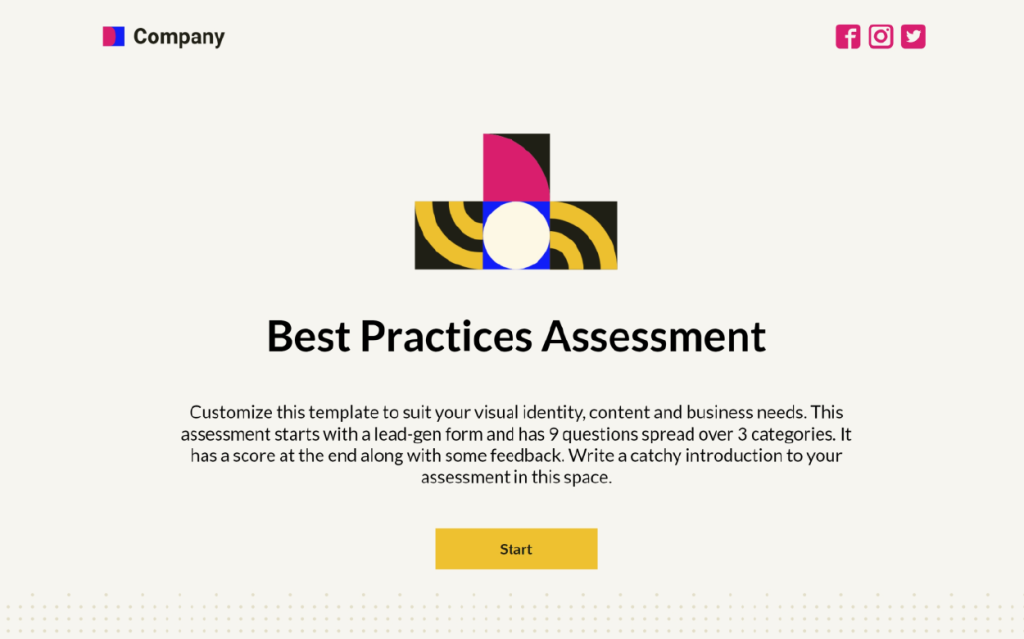
- Video
If you have an existing video, you can turn it into a Product Interactive Video like the example below. It’s a great way to explain your software in an informative and engaging manner.

Social Media
Harness the power of social media to connect with your audience, share updates, and foster a community around your software. Choose the platforms that align with your target demographic, and maintain an active presence.
Polls
An example of Interactive Content that you can use for social media is this Animated Opinion Poll. It’s a ready-made template that you can easily customize to fit your brand. Ask questions that are relevant to your software, and here’s the best part: you get access to the poll answers! This will help you understand your audience better, what they are looking for, and what their pain points are. Simply include a link to this experience in your social media caption, and your audience will be directed to your poll.

Read more: How to improve your social media content strategy
Email Marketing
Implement a targeted email marketing campaign to nurture leads and keep your audience engaged. Use personalized and relevant content to guide leads through the sales funnel. Email campaigns can have all sorts of content depending on your goals, such as product updates, educational content, and exclusive offers, keeping your software top of mind for potential customers.
- Interactive Flipbook
Use a Product Catalog Flipbook to bring your presentations to life! You can use hotspots to add information that would otherwise clutter the overall presentation. It is especially useful for software that are more complex and requires more explanations.

- Interactive Virtual Tour
You’ll need to be quick to capture the modern customer. Sometimes arranging a demo might take too long, and you face losing a potential customer. In fact, over 73% of customers state they might change their mind if they had to wait more than 5 minutes.
One way to avoid this is to provide a Virtual Tour of your software. Just record the journey, like how you would during your demo. You can add hotspots to the tour to highlight certain key points and information. Here’s an actual example of a Virtual Tour, click to try it out!
Get started on planning a successful software marketing strategy!
In summary, a successful software marketing strategy is a dynamic and multifaceted approach that combines a deep understanding of your audience and a compelling value proposition.
While looking for a suitable content platform that can help you execute your strategy, make sure they can produce real-time analytics and is scalable to suit your needs.
Dot.vu has always made it a priority to ensure ease-of-use, scalability, and constantly create new templates to suit the market’s needs. Our templates are 100% customizable with an easy drag-and-drop feature and can be embedded on any platform! You can create an account and start customizing for free. We want you to experience how easy and impactful Interactive Content can be. Why wait, click the button below to get started today!
